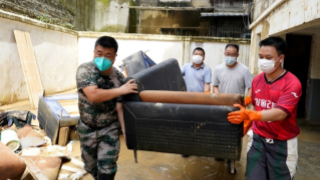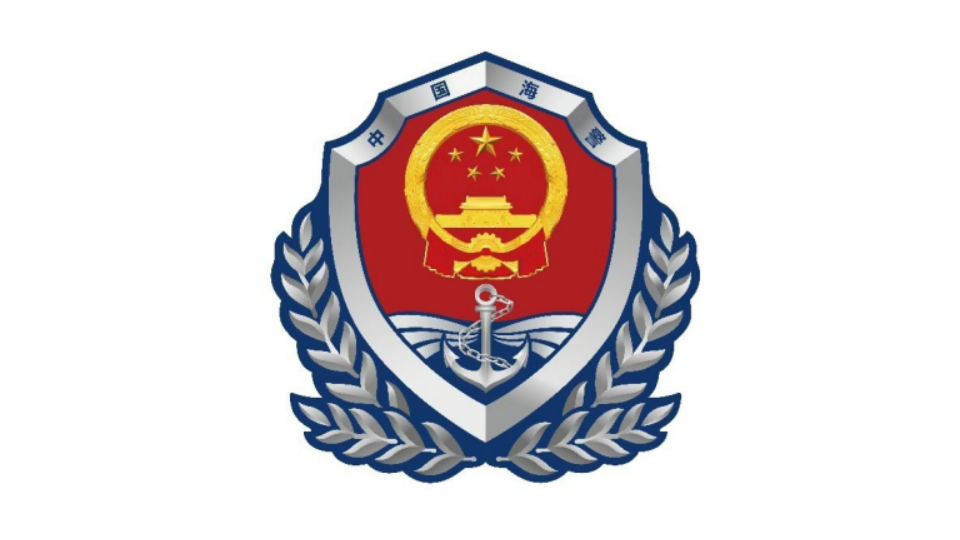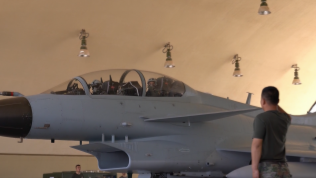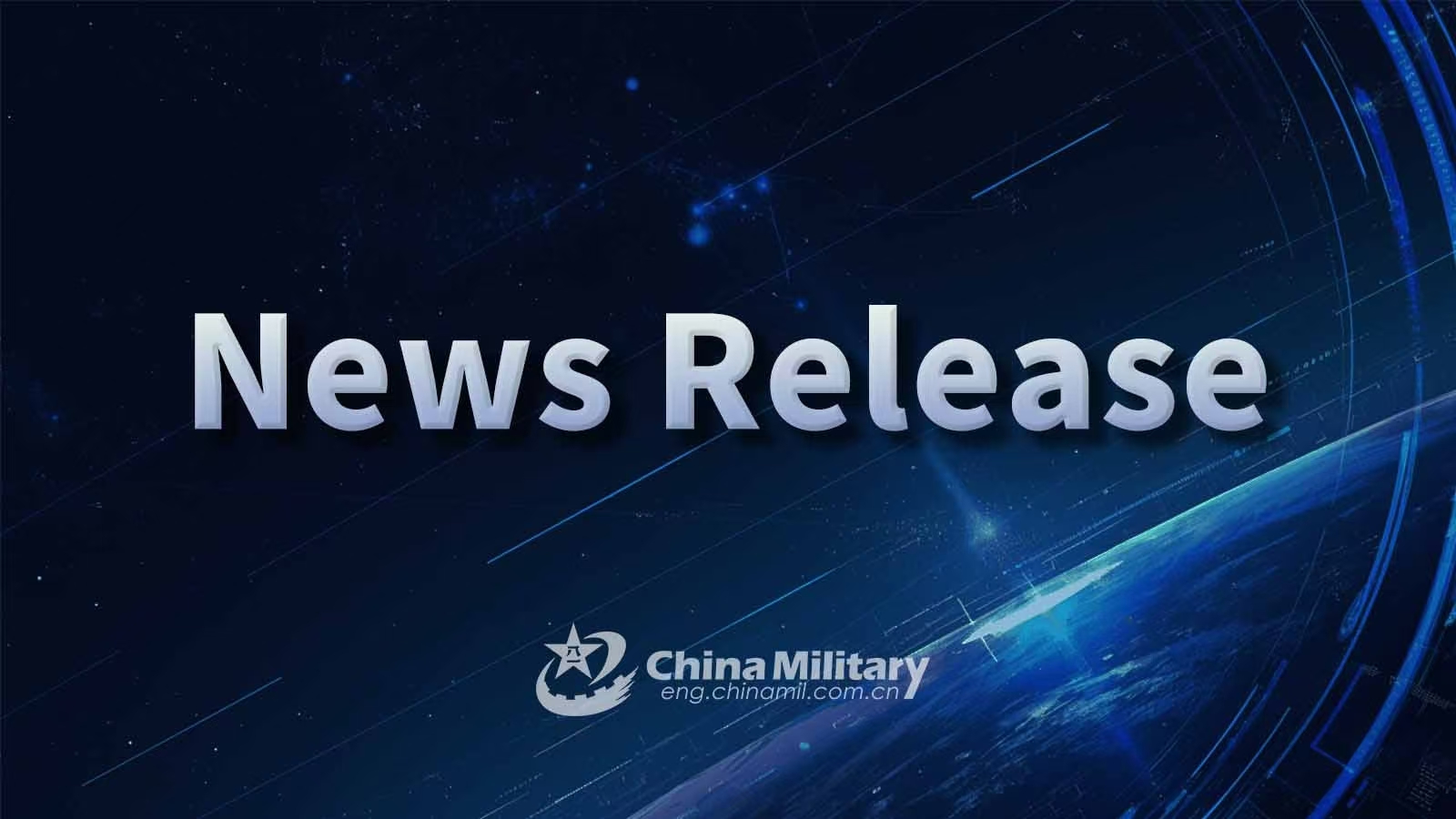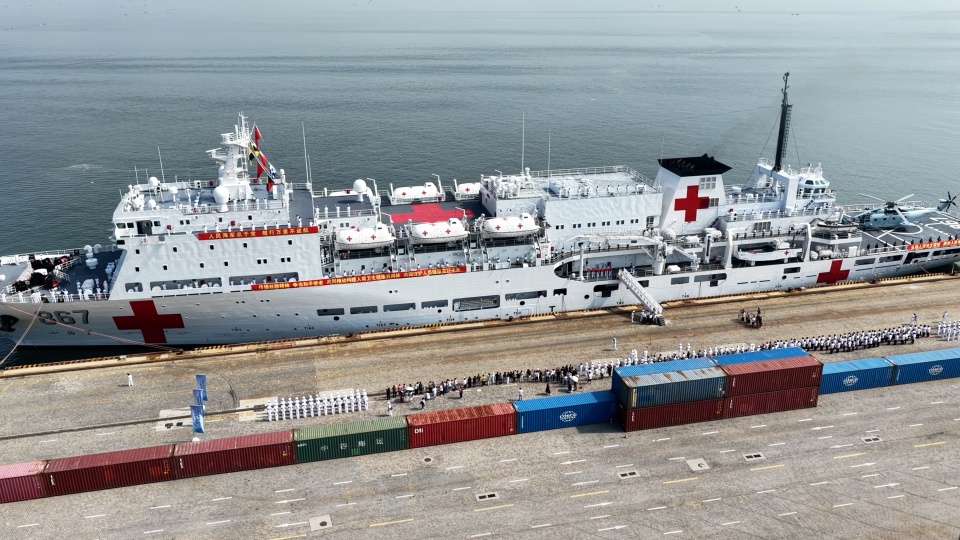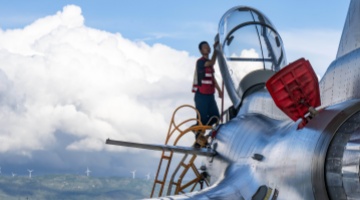By Zhao Yongjie and Sun Huili
According to media reports, the Japan Maritime Self-Defense Force (JMSDF)'s Kaga went to the Naval Base San Diego in the US for sea trials early this month. Some analysts pointed out that the sea trials mainly aim to verify the results of the first phase of aircraft carrier conversion completed at the end of this March. The completion of the take-off and landing test of the F-35B fighter jet means that Japan is one step closer to the goal of truly owning an aircraft carrier. Japan is going further and further away from the path of its pacifist Constitution, an act warranting high vigilance from the international community.
During World War II, Japan had multiple aircraft carriers, with the original Kaga being one of them. This vessel was sunk during the Battle of Midway in 1942. Japanese right-wing forces never abandoned their ambitions to redevelop aircraft carriers after Japan's defeat in World War II. In recent years, the displacement of large ships of the JMSDF, from the Osumi class to the Hyuga class and then to the Izumo class, has rapidly increased from less than 10,000 tons to 26,000 tons, gradually approaching that of an aircraft carriers.
The Kaga, which was commissioned in March 2017, is currently one of the largest vessels in the JMSDF in terms of tonnage. Initially, Japan described the Kaga as a "large helicopter destroyer" with no capabilities for the take-off and landing of fighter jets. However, with its full-length flight deck design, below-deck hangar, and aircraft elevators, it has long been regarded externally as a de facto aircraft carrier. By the end of 2018, the Japanese government disclosed its true intentions. It outlined in its new National Defense Program Guidelines and Medium Term Defense Program that, starting in 2020, both the Izumo and the Kaga would be modified to accommodate the F-35B fighter jets acquired from the US.
According to the Japan Ministry of Defense's plan, the modification for the Izumo and the Kaga consists of two phases. The first phase focuses on the flight deck and takeoff and landing systems, while the second phase involves internal structural modifications, such as reconfiguring the hangar and ammunition depot. The first phase has been completed on both ships, and the second phase is expected to start in early 2025 and conclude in March 2027. Japan had also previously agreed with the US to purchase 42 F-35B fighter jets by 2025. Japan will have two aircraft carriers once these modifications are complete.
According to the pacifist Constitution, Japan adheres to the principle of "exclusively defense-oriented policy", does not maintain land, sea, air and other war potential, and renounces war as the right of belligerency of the state. However, after owning an aircraft carrier, Japan's sea and air combat capabilities will be greatly improved, and the pacifist Constitution will exist in name only.
In fact, Japan's postwar right-wing forces have never abandoned their aspirations to become a military power. In 2015, the Abe administration forcibly lifted the ban on collective self-defense and eliminated the restrictions on the scope of activities of the SDF imposed by the Japanese Constitution. In late 2022, the Kishida administration pushed through three security policy documents including the National Security Strategy(NSS), the National Defense Strategy(NDS) and the Defense Buildup Program(DBP) to seek the capability for counterstrike against enemy bases, and break from the pacifist Constitution and the "exclusively defense-oriented policy". This shift signals a major postwar transformation in Japan's security policy. These "neo-militarism" moves not only foster anxiety and unrest among the Japanese people but also heighten the vigilance and concerns of Japan's Asian neighbors and the international community about its development direction.
Japan's continued military expansion cannot happen without the tacit approval of the US. In recent years, the US has sought to create alliances in the Asia-Pacific and has used Japan as a pawn in its "Indo-Pacific Strategy". The US has continuously supported Japan's military loosening. However, the Asia-Pacific should remain a zone of peace and development, not an arena for great power competition. Japan's cooperation with the US in fostering camp confrontations and great power competition not only endangers regional peace and stability but ultimately undermines its own security and development. The right choice for Japan is to learn from historical lessons, be prudent in words and deeds in the field of military security and win the trust of its Asian neighbors and the international community through practical actions.
(The authors are from the PLA Naval Research Academy.)





